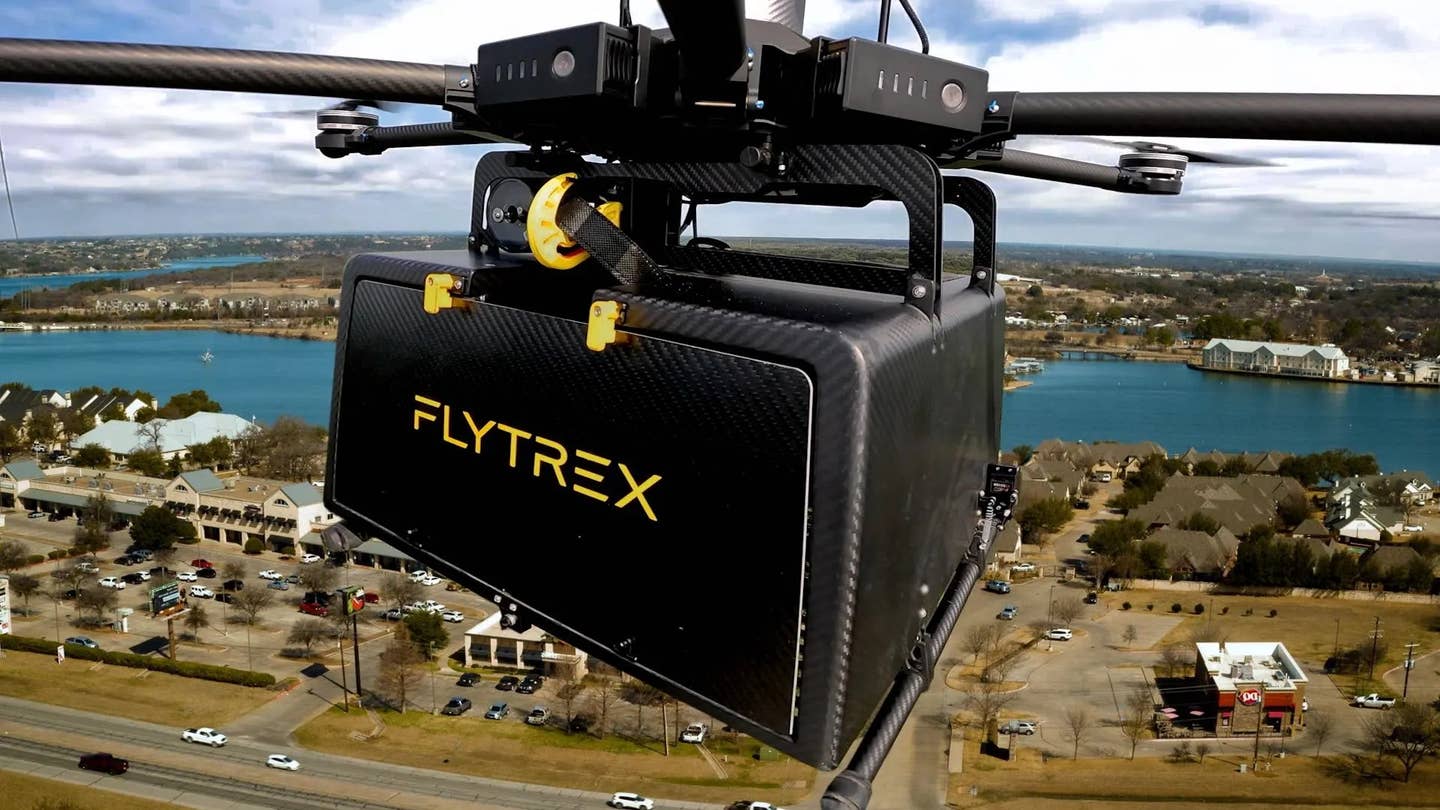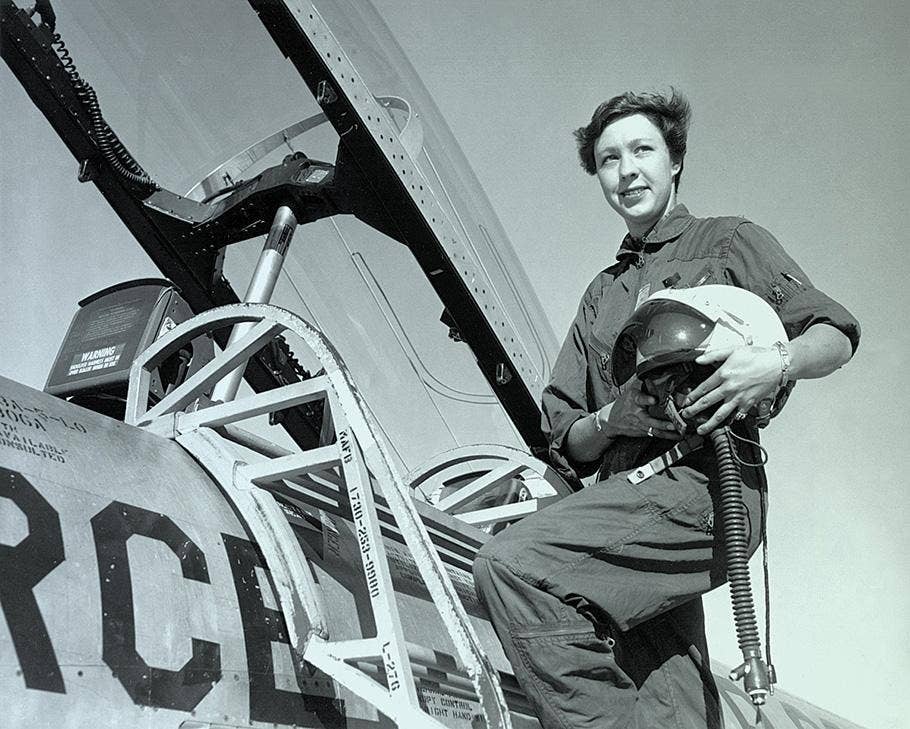US Regulations Seek To Expand AAM, Restrict Drones
Here’s a breakdown of key drone, UAS, and AAM regulations from the past month.

DJI’s Mavic 2 Enterprise (pictured) is one of several drone models facing an FCC blackout. [Photo: DJI]
As federal officials, state lawmakers, and agencies such as the FAA tackle the massive aviation industry, they now must also contend with regulating an entirely new sphere of companies, technologies, safety protocols, and more.
A new era of aviation—encompassing drones, unmanned aircraft systems (UAS), advanced air mobility (AAM), electric vertical takeoff and landing (eVTOL), and other new ways to fly— is coming. Now, around the country, federal and state lawmakers are trying to figure out how to manage it.
Welcome to the May edition of Regulatory Roundup, FLYING’s monthly look at the key regulations, laws, and policy proposals making their way through the modern aviation sphere, both in the U.S. and around the world.
Here are the key bills, initiatives, and regulatory approvals from the past 30 days:
At the Top
The U.S. government really doesn’t trust foreign drones.
Introduced last month by congressional Republicans Elise Stefanik (R-New York) and Mike Gallagher (R-Wis.), the Countering CCP Drones Act would add those manufactured in Russia and China—including those from DJI—to the Federal Communications Committee’s covered list, a group of businesses with which the U.S. government refuses to do business.
Adding DJI and others to the covered list would prevent the FCC from issuing equipment authorizations to other U.S. agencies, effectively banning the drones from government use. Hobbyists and commercial services, however, would be unaffected.
Calls to ban DJI and other manufacturers are coming from both sides of the aisle. The Republican-backed bill echoes the sentiment of the bipartisan American Security Drone Act of 2023, introduced in February. That legislation would also limit drones at the federal level and recently garnered support from Sen. Mitt Romney (R-Utah).
This month, Sens. Kyrsten Sinema (I-Ariz.) and James Lankford (R-Okla.) introduced another protectionist bill, the Protecting the Border from Unmanned Aircraft Systems Act. Aimed at quashing UAV-related border crossings, such as drug smuggling drones, the rule would not ban foreign technology. But it would crack down on unauthorized use of airspace, which is a good thing for the drone industry writ large.
A few weeks earlier, a similar bill was introduced in the House by two Democrats and two Republicans. That legislation—simply called the Drone Act of 2023—seeks to limit drone-related crime within the U.S.
The Drone Act would prohibit users from removing drone identification numbers and safety features, such as anti-collision lights, as well as from using drones to transport weapons or interfere with emergency, military, or law enforcement activities. The bill would also attach a 10-year prison sentence to the use of drones for delivering drugs or weapons to prisons.
While drones face new restrictions, another industry is benefitting from new guidelines. Last week, acting FAA Administrator Billy Nolen gave an update on the agency's progress at the Association for Unmanned Vehicles International’s (AUVSI) Xponential trade show in Denver.
Specifically, while beyond visual line of sight (BVLOS) regulations for drones remain out of sight, Nolen revealed that the FAA will release an AAM implementation plan by the end of May. It won’t create new regulations or certification standards, but the document should clarify the roles and responsibilities of AAM stakeholders as the industry evolves.
The implementation plan follows the FAA’s release of an updated blueprint for air taxi operations in urban areas and the announcement of its first AAM Summit in August in Baltimore. The agency hopes to certify the first eVTOL aircraft for commercial operations by the end of 2024.
From the States
Like the federal government, some states are also hesitant about foreign drones.
Last month, I highlighted Florida's ban on the use of Chinese and Russian drones by local government and law enforcement agencies. This month, Arkansas is the culprit—the state is giving public entities four years to remove drones manufactured by DJI and others from their fleets.
The Arkansas rule is nearly identical to Florida’s. It will require state agencies to retire their drones and won’t allocate state funding to replace them. But unlike in Florida, Arkansas public entities can apply for waivers if they believe their banned equipment will be operable beyond the four-year sunset window.
According to AUVSI, other states, such as Utah and Florida, have also proposed bills restricting AAM operations. Oregon, for example, is contemplating a bill that would prohibit local governments from granting exclusive vertiport rights to any one company, which could inadvertently make the state less attractive to AAM companies.
But for the most part, state-level rules from the past month have supported the expansion of drones and AAM.
New York, for instance, is considering two bills that would regulate unmanned aircraft systems by amending the state’s traffic laws and clarifying the federal preemption of state regulations—both are supported by AUVSI. A similar law has been proposed in North Carolina.
And despite its statewide DJI ban, Florida’s House of Representatives unanimously passed a bill that sets new standards for “drone ports,” which it defines as fixed or mobile locations for the operation of drone fleets. Walmart and DroneUp, for example, use drone ports to make deliveries in the state, and the new law would limit local oversight of their services.
There’s been some state-level movement on AAM as well. A bill in committee in the California Legislature would establish an AAM and Aviation Electrification Committee. That group would be responsible for assessing the state’s current laws and making recommendations that would speed the development of AAM operations and infrastructure.
Meanwhile, a near-identical bill was codified by the Texas Legislature this week and is set to take effect September 1. These preemptive rules should help California, Texas, and others prepare for the emergence of services like air taxis—the FAA is targeting its first air taxi certification in late 2024.
Around the World
Much of the activity this month took place at home, but there have been a few key developments abroad.
The biggest is that India and the European Union are collaborating on drone and AAM regulations. Last month, India’s Directorate General of Civil Aviation and the European Union Aviation Safety Agency signed letters of intent to create new regulations for Indian airspace, including standards for drones, air taxis, and other emerging services. The agencies will share information on flight plans and profiles to inform their decision-making.
Currently, India’s drone and AAM regulations resemble the FAA’s. But soon the country could see more elements of EASA policy, particularly U-Space, a framework for BVLOS flights that designates airspace for complex operations. The regulation took effect in the EU this year and is now evolving as stakeholders ramp up to routine service.
Meanwhile, EASA also published what it claims is the world’s first proposal for assessing noise from air taxis.
Given the technology’s high likelihood of operating near people, keeping noise to a minimum will be crucial for eVTOL manufacturers, and EASA could help them do it. The agency said its findings from the proposed report could be used to create new type certification standards for eVTOL aircraft. Eventually, those provisions could be adopted by other agencies, such as the FAA.
Though there wasn’t much regulatory movement in other countries last month, key industry stakeholders will gather at several events in June. Keep an eye out for announcements from the International Conference on Unmanned Aircraft Systems, the EASA-FAA International Safety Conference, International Advanced Air Mobility Expo—and if you miss them, we’ll cover them all here in next month’s Regulatory Roundup.

Subscribe to Our Newsletter
Get the latest FLYING stories delivered directly to your inbox






